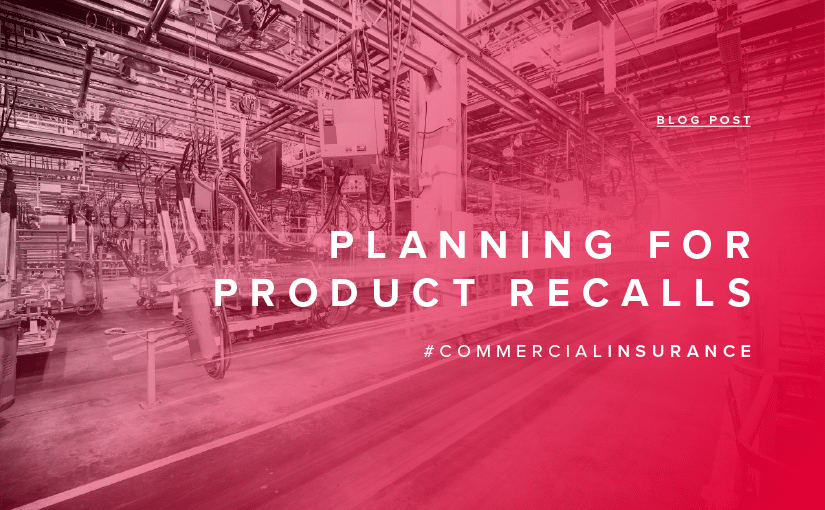What can a risk manager learn from today’s major product recalls and the large amount of media attention they attract? For consumer goods manufacturers and distributors, it serves as a wake-up call to the impact of a product recall event. It can also be a lesson in what should be done now to prepare for potential exposures. Despite recall frequency and the potential for extraordinary costs, most companies don’t adequately plan, prepare, practise for or buy insurance against product recall events. In addition to proper insurance coverages, careful planning is essential in managing the risk of a recall.
First-party vs. Third-party Exposure
There are two categories of exposure to loss for a company faced with a product recall incident:
- First-party operational losses to the company
- Third-party liability losses to injured persons
While you may overlook third-party losses, that is usually not the case for first-party losses. In addition to the initial recall expenses, the potential long-term losses from the damage to a company’s reputation and loss of sales may continue for months or even years. Since these losses can be catastrophic, this article focuses on ways to manage first-party incident exposures.
Risk Management Considerations
It is a common misconception that there is product recall coverage under a general or product liability policy. Those coverages do a good job of covering bodily injury and property damage but generally exclude contamination and recall events. The addition of a product contamination or product recall policy protects a company’s bottom line by covering the direct costs of a recall, but transferring the risk is only one part of closing the recall exposure gap. Every company with products on the market, regardless of size, should establish solid product risk management policies and procedures for handling a recall or contamination event.
Not All Policies Are Equal
Product recall policies help to cover the additional costs of a recall, including product loss, costs to withdraw the product from market, product disposal, product testing, overtime wages and crisis management. These costs that can be devastating because they arise at a time when a company’s revenues are typically hit the hardest.
There are several coverage forms, and each is meant to isolate some component of first-party product exposure. Work with us to ensure your product recall policy provides indemnity for:
- Recall expenses. You can associate this out-of-pocket expense with executing a large-scale product withdrawal. It includes costs like extra temporary employees, overtime, and public safety messages. It also includes special testing and handling, destruction and disposal costs and crisis management and/or PR consulting fees.
- Replacement costs. As the name implies, this is the cost of replacing any product that you need to destroy as a result of the product recall. This includes the cost of materials, labour and overhead directly associated with producing the product.
- Lost profits. This indemnifies the insured for profits which would have been earned on the withdrawn products and also for profits which would have been earned on future product sales, but which were not because of resultant future sales declines. There is usually a specific time period limitation on this.
- Brand rehabilitation expenses. Most underwriters will also indemnify the insured for necessary rehabilitation of the recalled product’s consumer image. This includes costs like extra advertising, extra expenses to rush a new product to market, and special promotions to rebuild public trust in the manufacturer and its products.
Learn More About This Important Coverage
In addition to transferring risk, thorough risk management practices are essential for minimizing the exposure and the cost of a recall event. The product recall insurance marketplace is highly specialized, but we can help secure the coverage you need. We can also collaborate with you to develop a business contingency plan that meets your needs.

